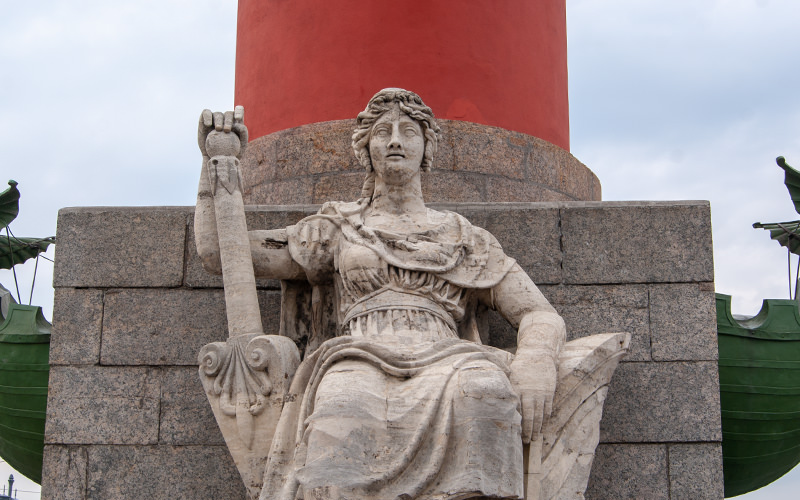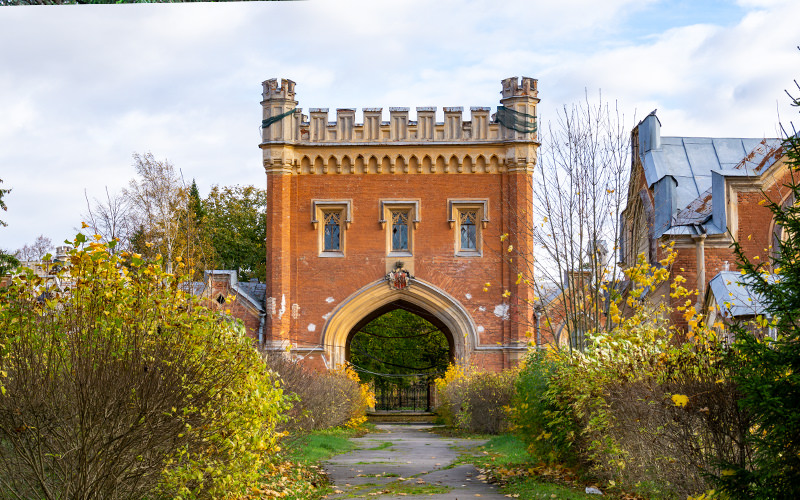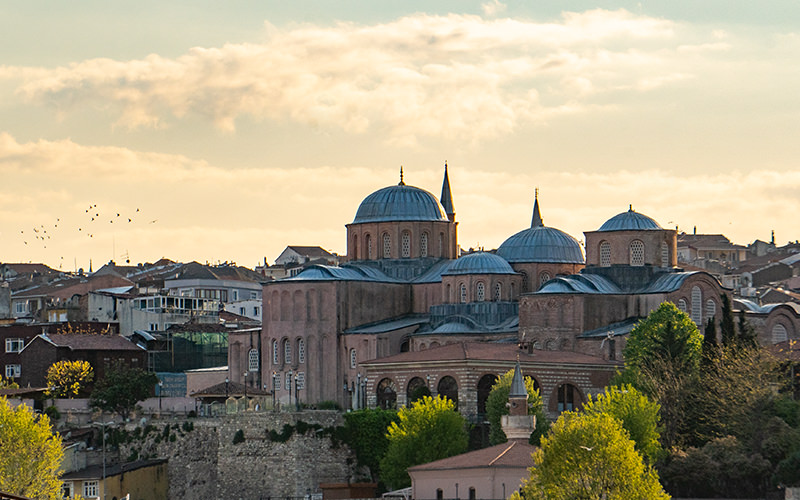Today, I would like to tell you about my walk in Tashkent, the capital of Uzbekistan. Before coming here, I knew absolutely nothing about this city, so on the very next day after my arrival, I set out to explore the central part of the metropolis. Some might say that Tashkent includes not only the touristy ceremonial center with its monuments and majestic buildings but also numerous residential neighborhoods. During my subsequent walks, I will definitely venture to the outskirts of the city.
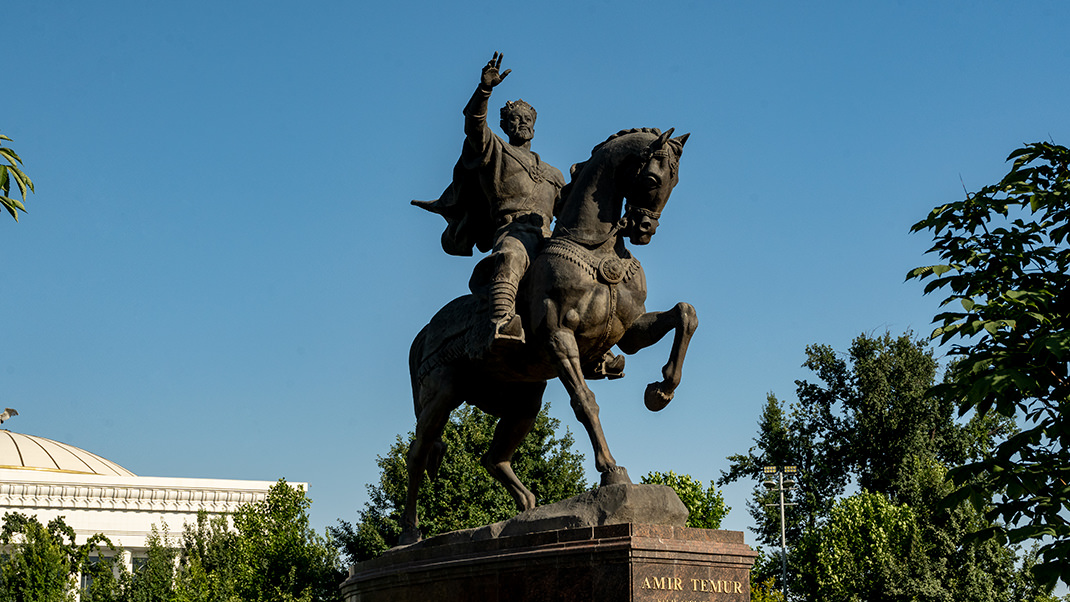

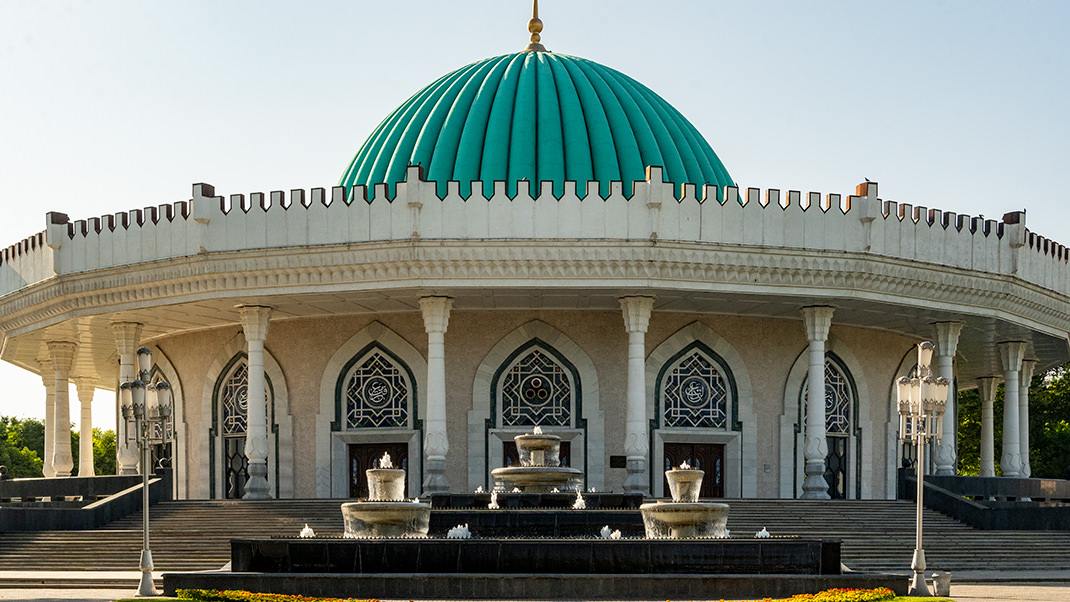
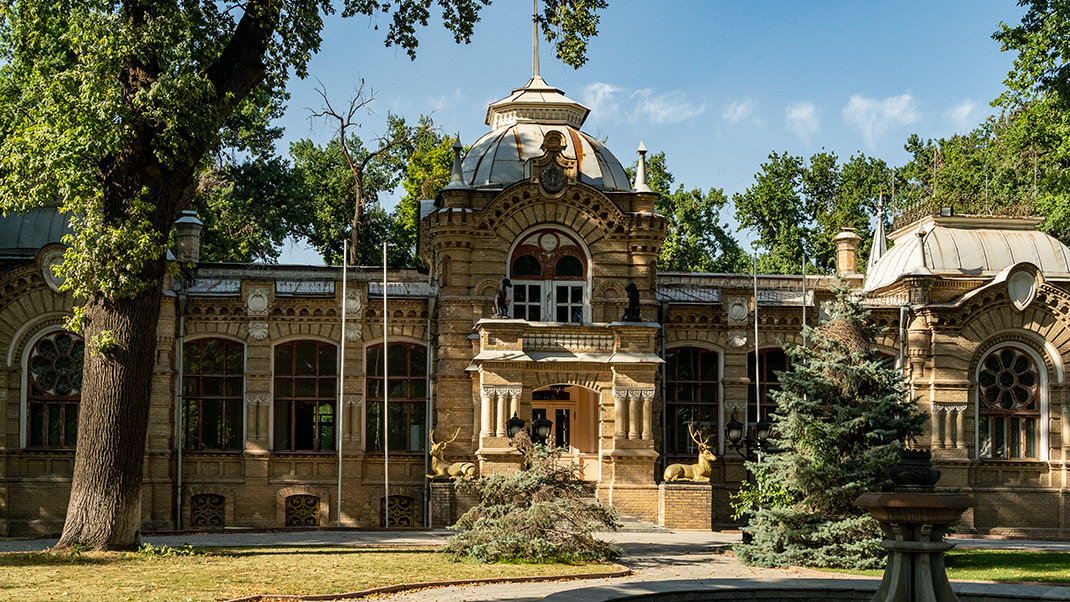
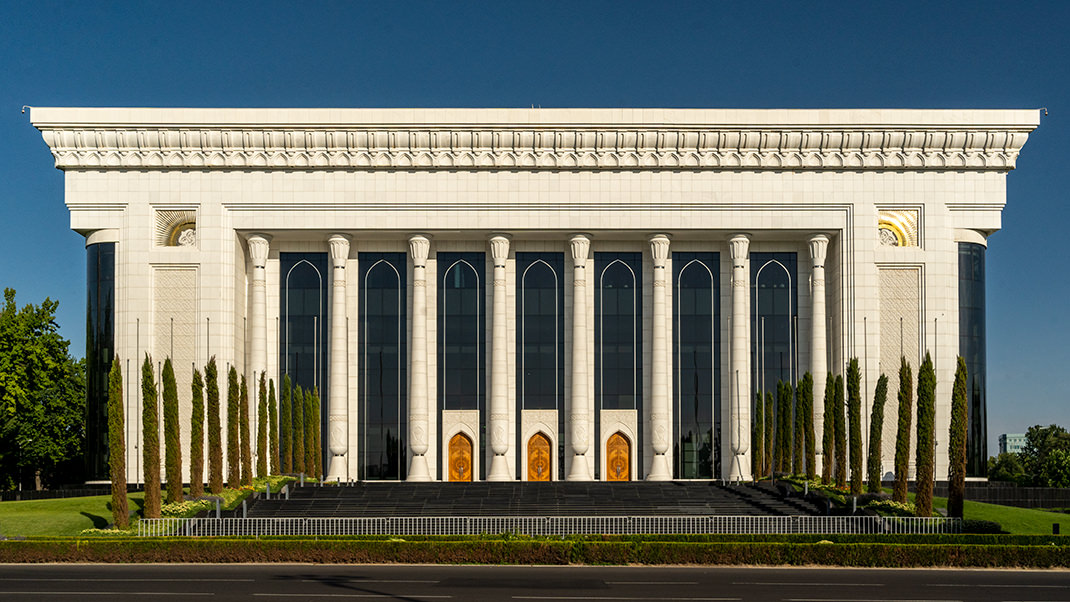
Oriental Tashkent
I decided to divide the article into several parts to reflect the diversity of this ancient city. First and foremost, I headed to the area near "Chorsu" metro station to explore a remarkable example of Eastern architecture, the Kukeldash Madrasah.
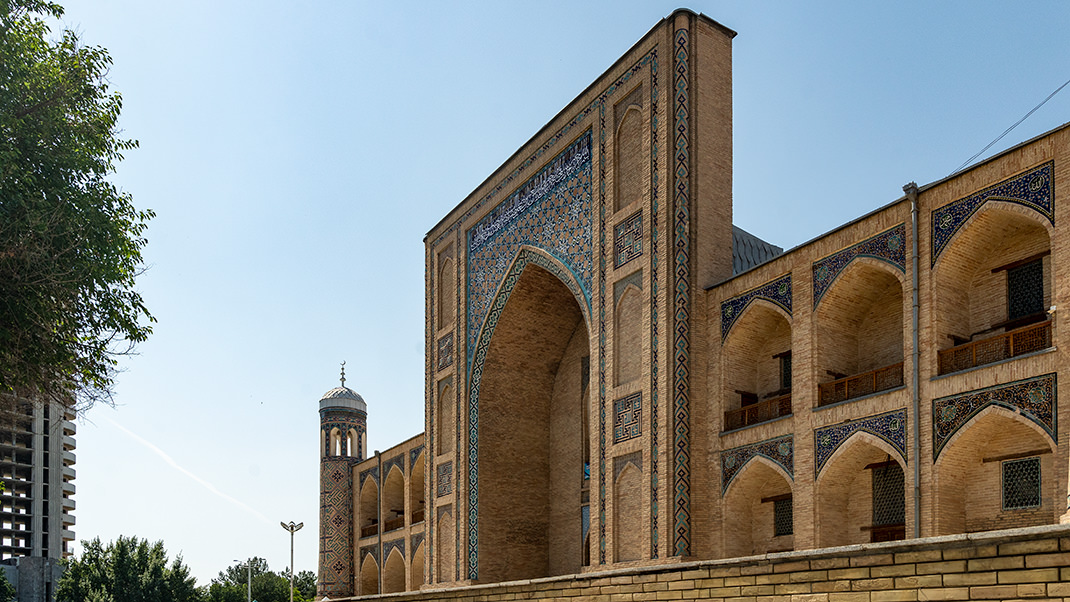
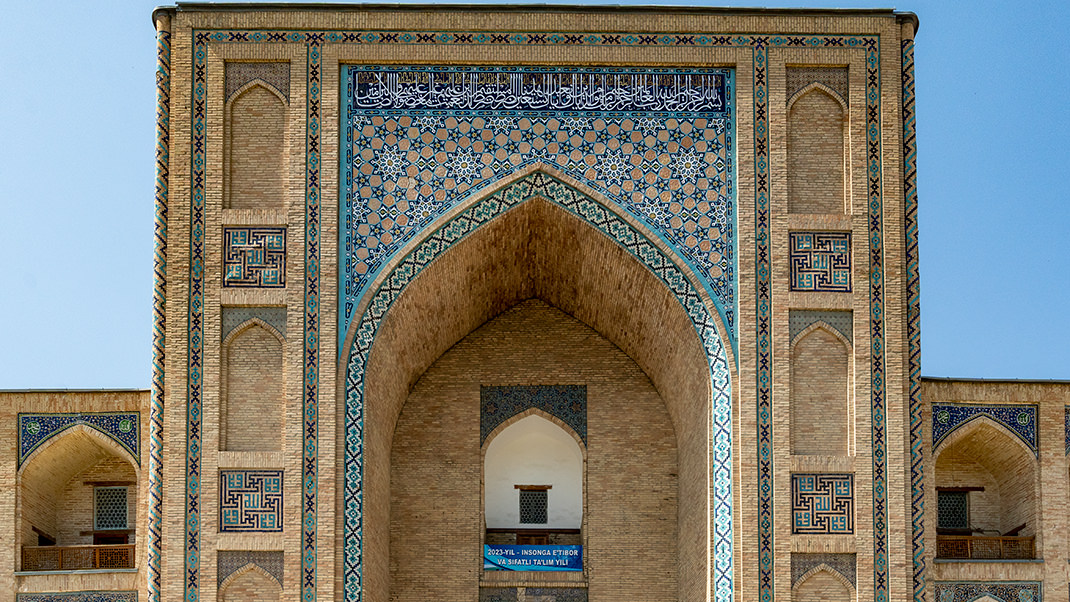
Let's start with the term "medrese." In the East, it refers to a religious educational institution that trains jurists, theologians, teachers for primary Muslim schools, and even government officials. According to one version, the first medrese was founded here in Uzbekistan, on the territory of Bukhara.
The Kukeldash Madrasah was built in the 16th century and comprises nearly 40 small cells, study rooms, and a mosque. For some time, the building was abandoned, and after an earthquake in the 19th century, it turned into ruins. However, it was immediately reconstructed.
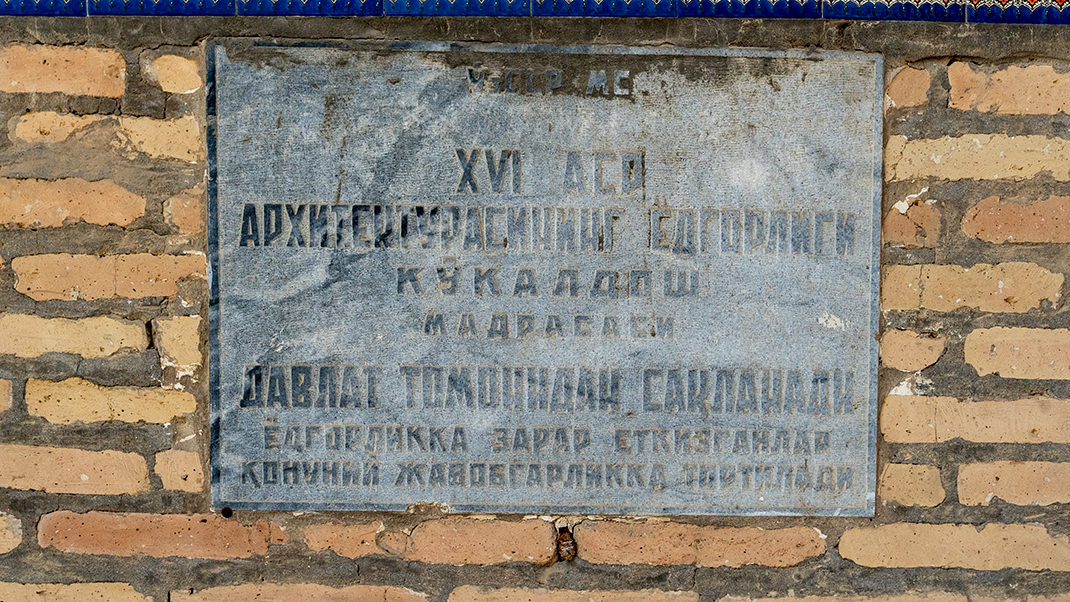
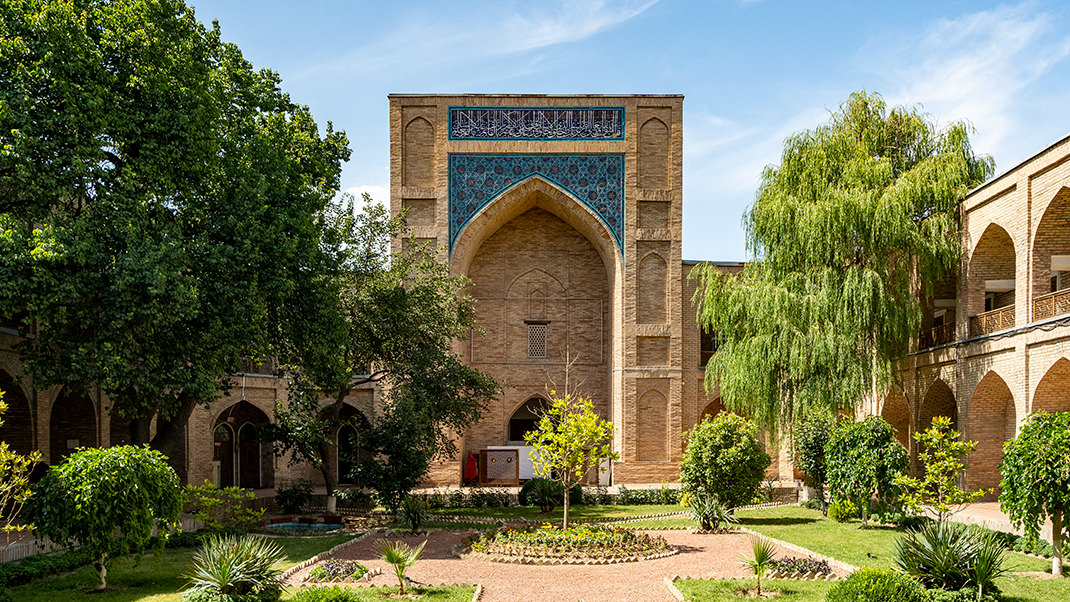
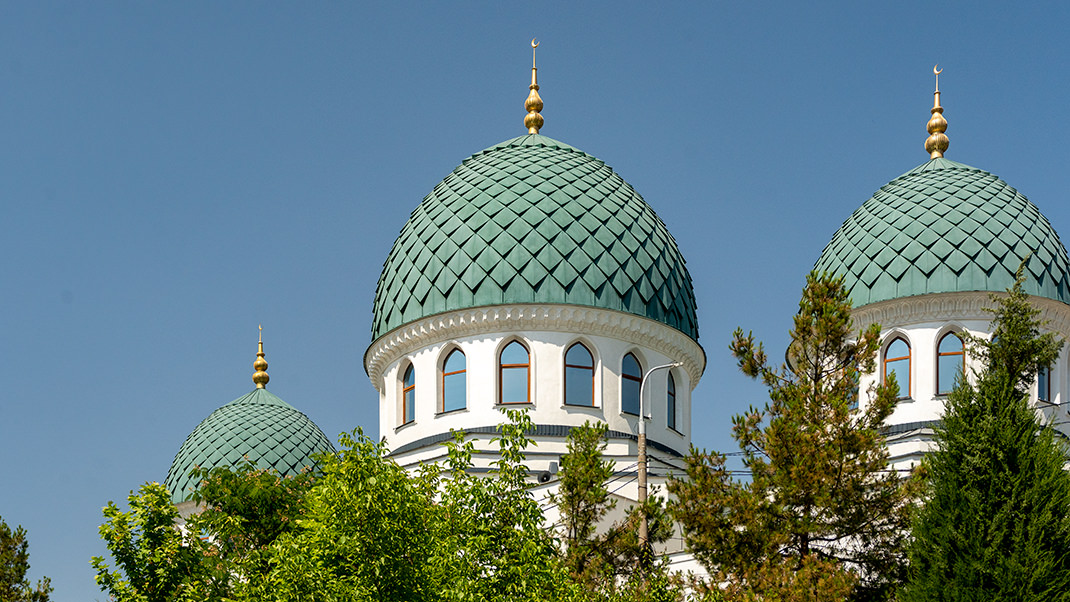
The entrance to the complex is subject to an admission fee, and the ticket costs 10,000 Uzbekistani som. This attraction will be the subject of a separate article on my blog.

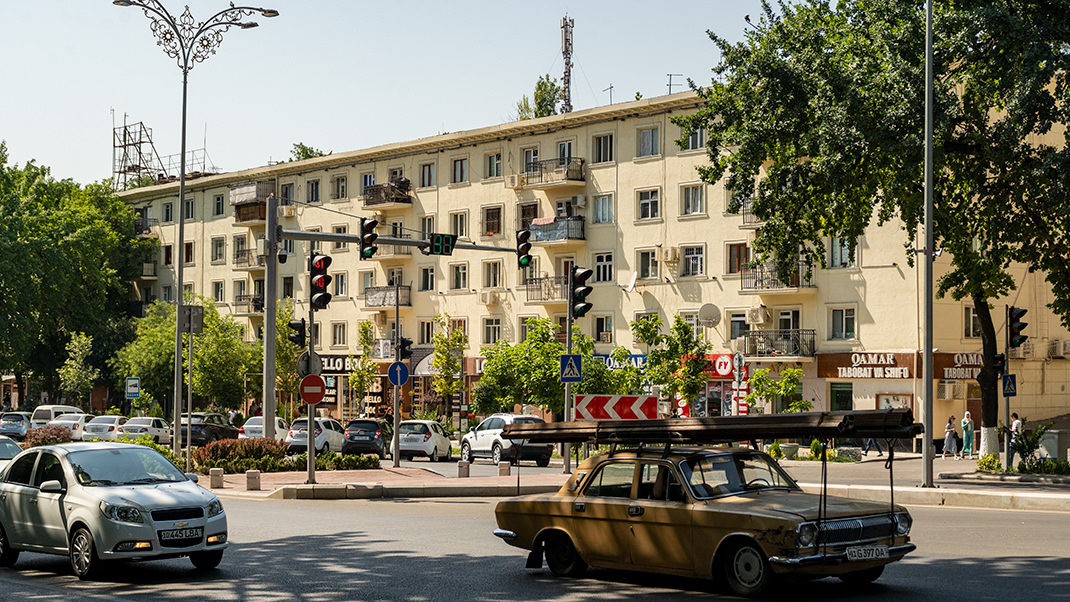
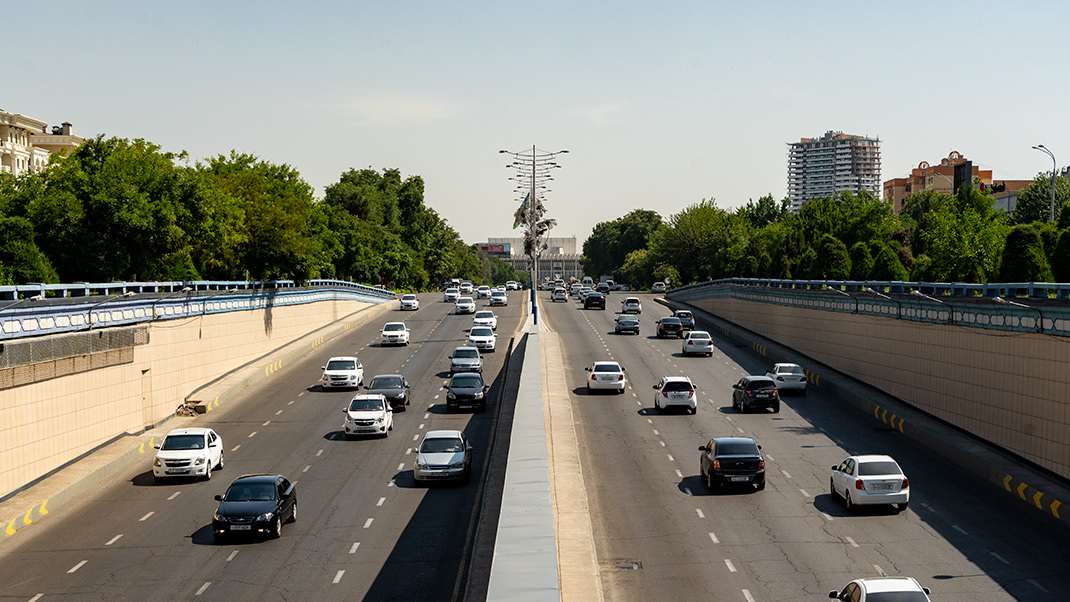

Tashkent City: A Modern Oasis
About a 20-minute walk away lies the next destination I would like to share with you. It's Tashkent City Park, a large green recreational area surrounded by modern residential and commercial buildings. After exploring the centuries-old medrese, visitors to this park seem to step into a completely different city with a contemporary vibe.
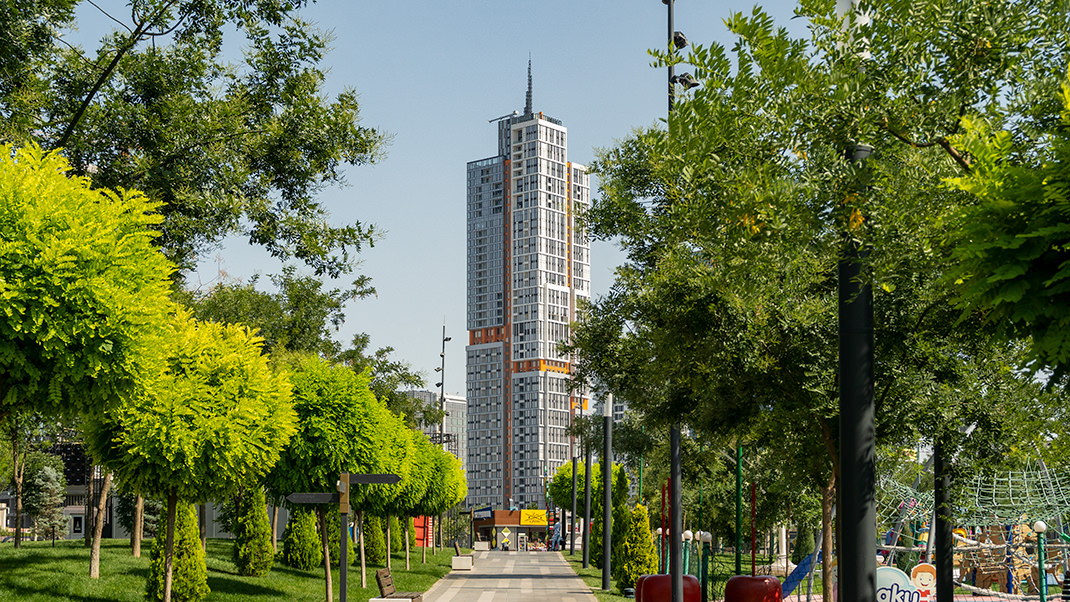

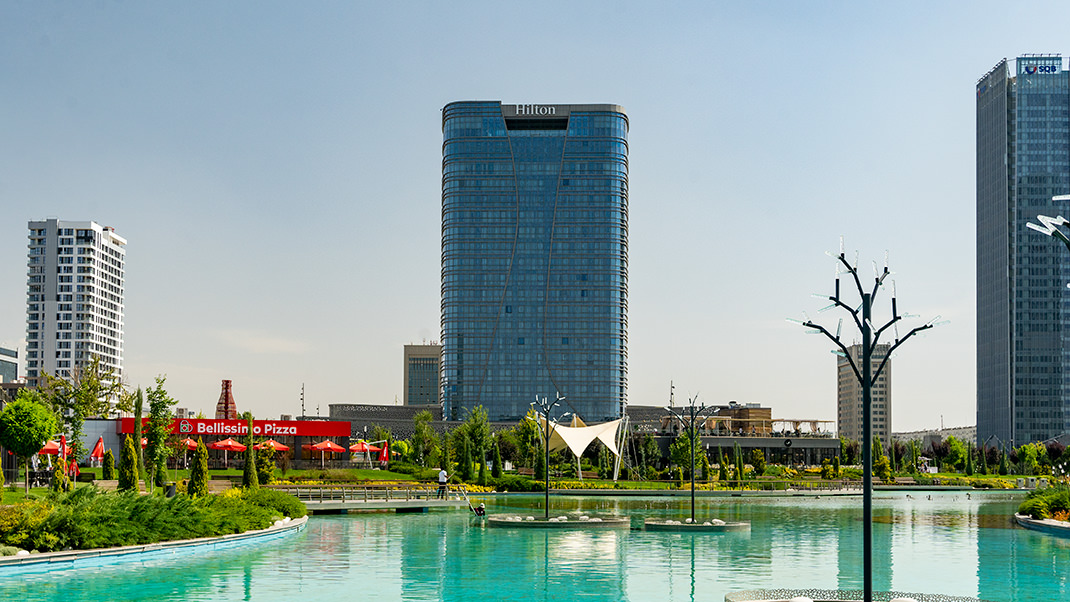
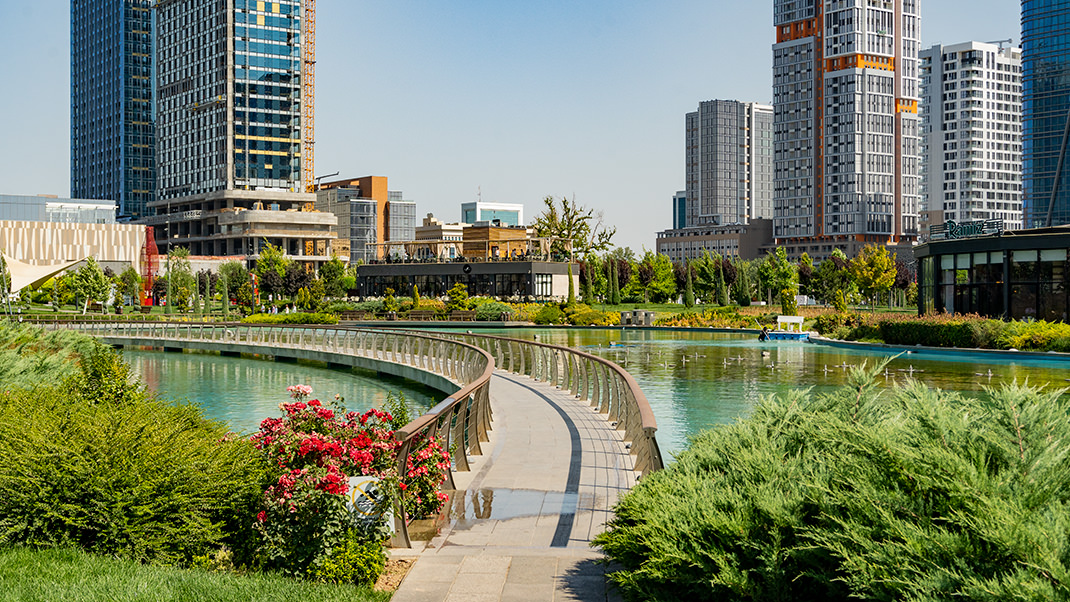
The park features lush greenery, a pond with fountains, several cafes, a planetarium, a wax figure museum, and a mosque. Convenient pedestrian pathways are laid out throughout the entire park, making it a pleasant place to stroll and enjoy the surroundings.

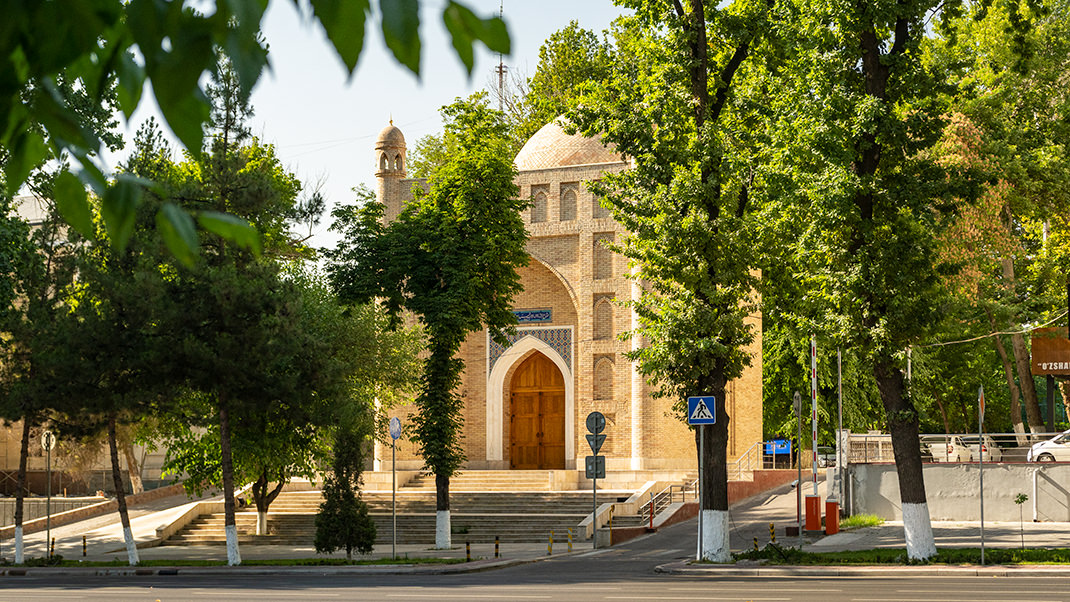
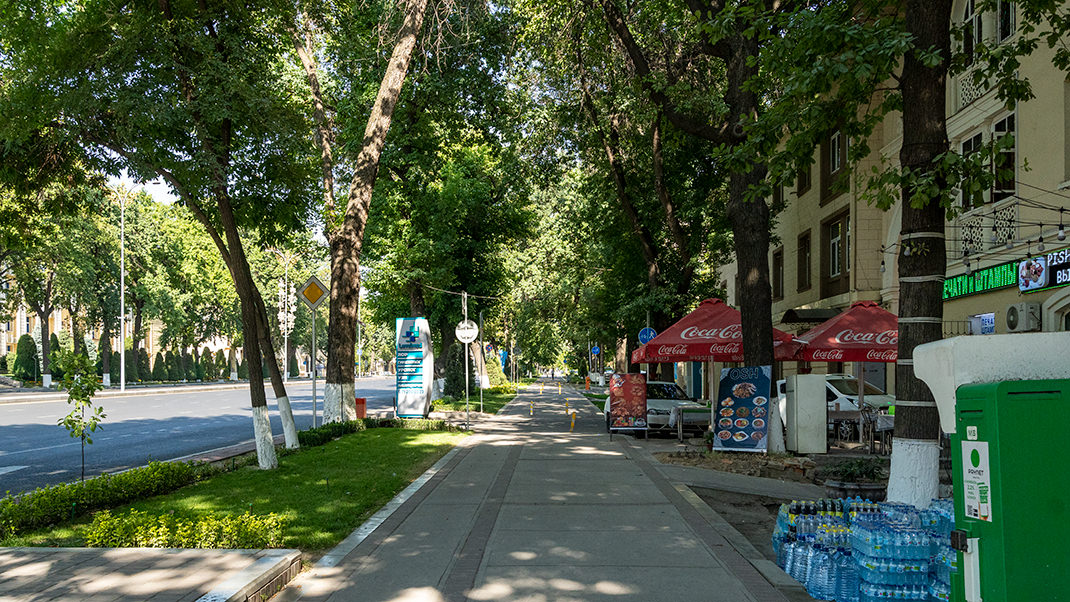
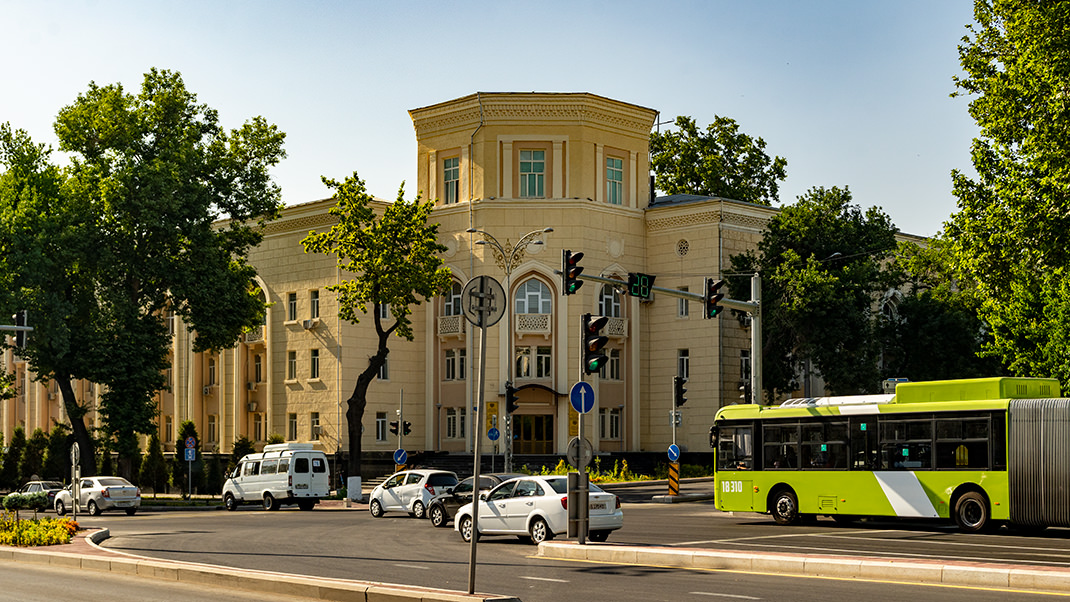
I arrived in Tashkent at the end of May, and the city welcomed me with scorching heat of 35 degrees Celsius. Going for a walk in the park during the day was not the best decision as the trees on its territory were recently planted and provided little shade from the blazing sun. Therefore, I would recommend visiting Tashkent City closer to the evening, especially since the photos online show that the park's fountains are beautifully illuminated at night.
The entrance to Tashkent City is free of charge.
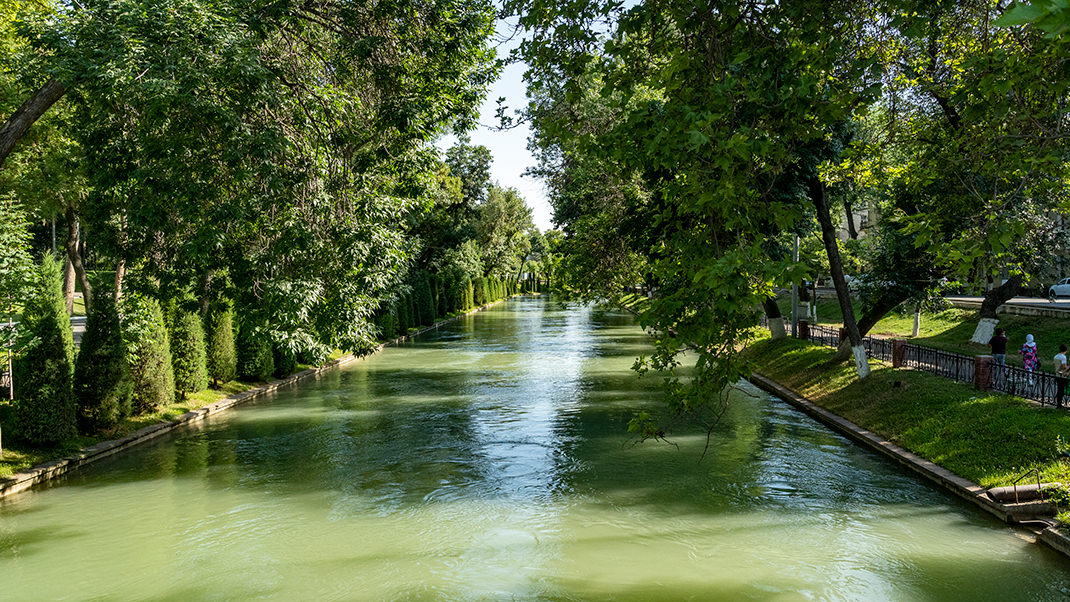
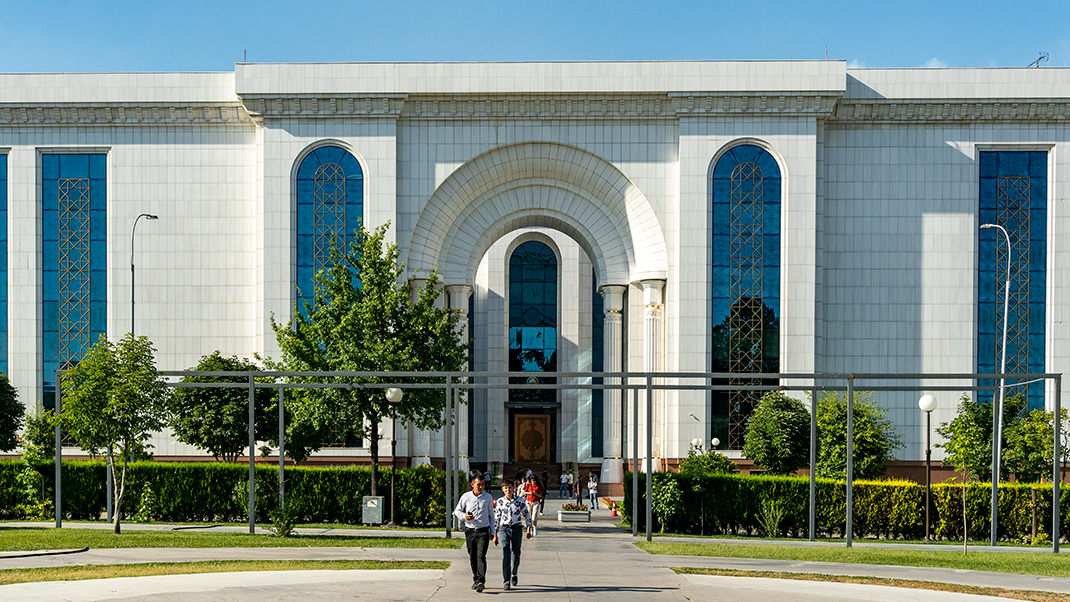


Tashkent is a multicultural city
The construction of the Sacred Heart Cathedral began in 1912, but it was never opened after completion. During the Soviet era, the building housed various organizations, and even a warehouse was set up on the premises. The restoration of the cathedral started in the 1980s.
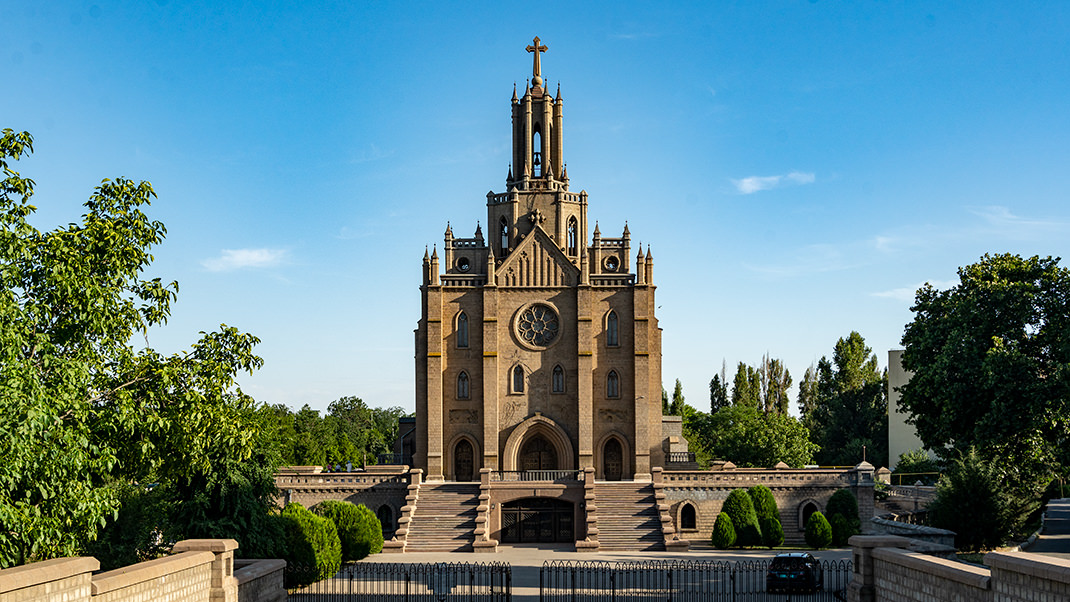
I didn't enter the cathedral as I was wearing shorts. Local rules prohibit entry in such attire, but I will definitely come back later to see the interiors of this building.
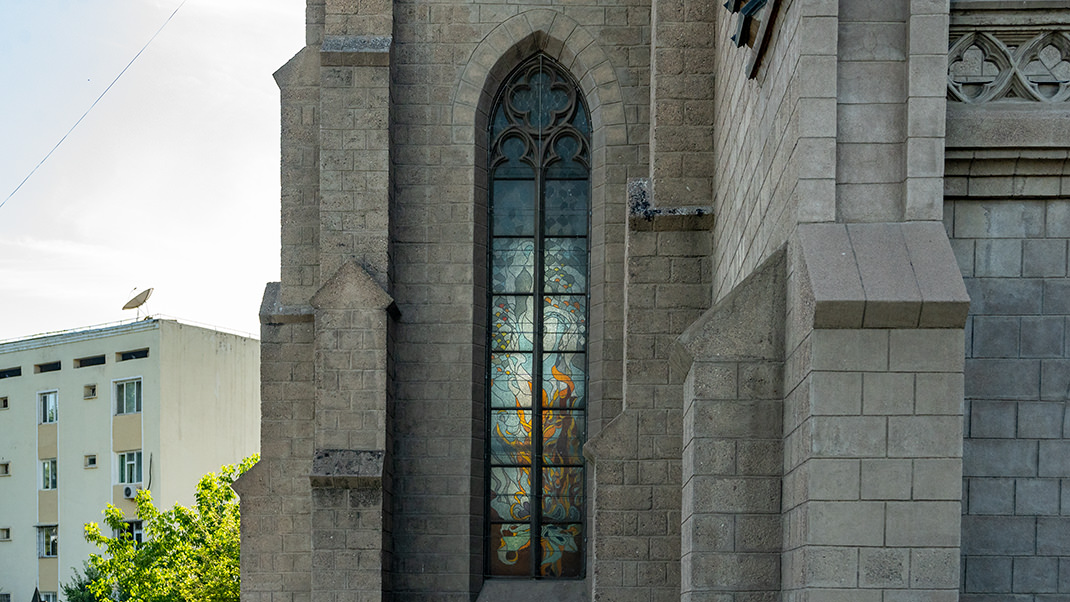
The cathedral building is located in the eastern part of the city. The total duration of my walk was approximately 3 hours, including a break for a snack. The route covered a distance of 7.2 kilometers.

My next article about the sights of Tashkent will be dedicated to the ascent of the Tashkent TV Tower.
Have a nice trip!


